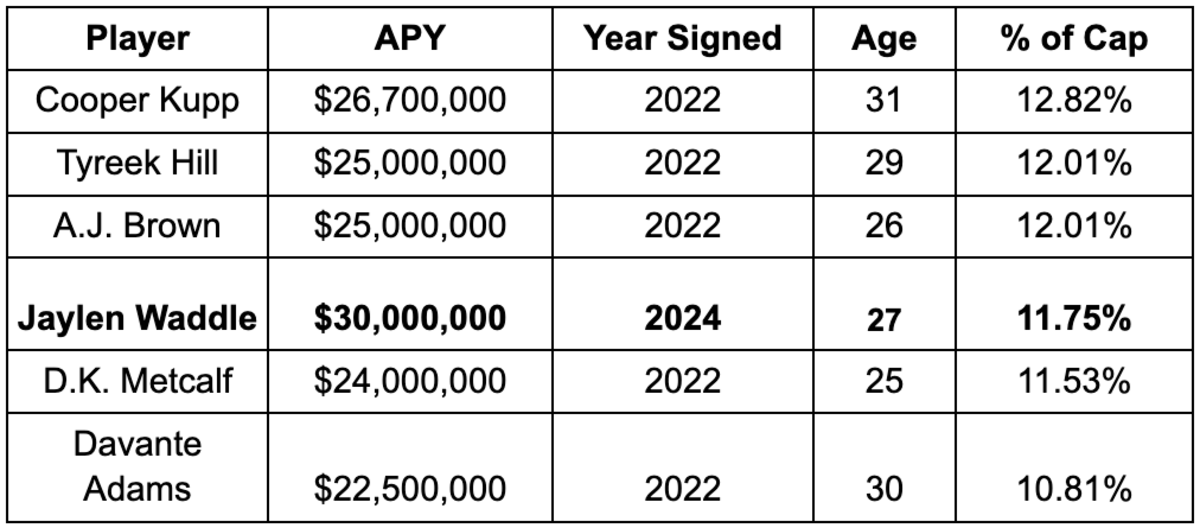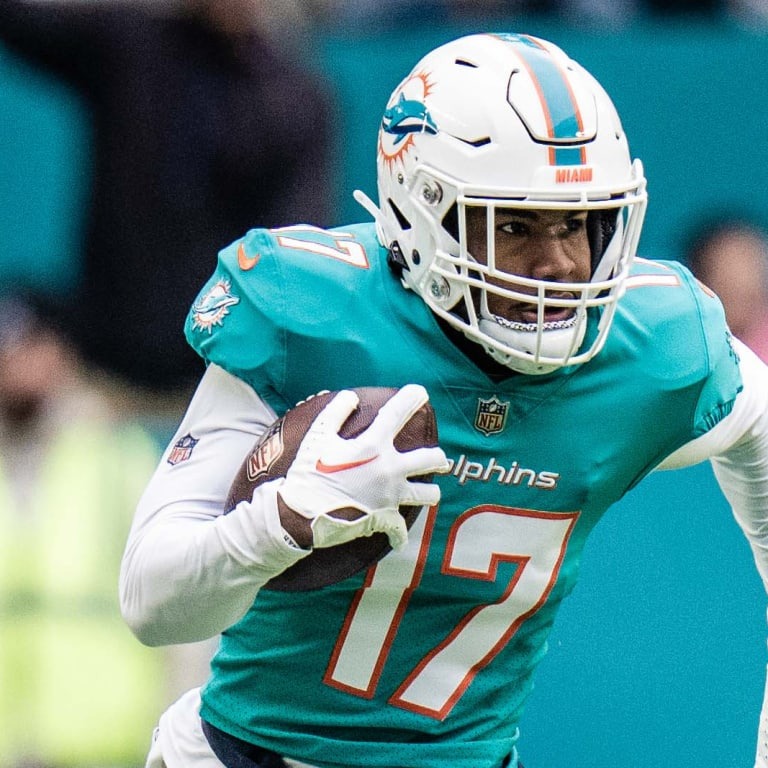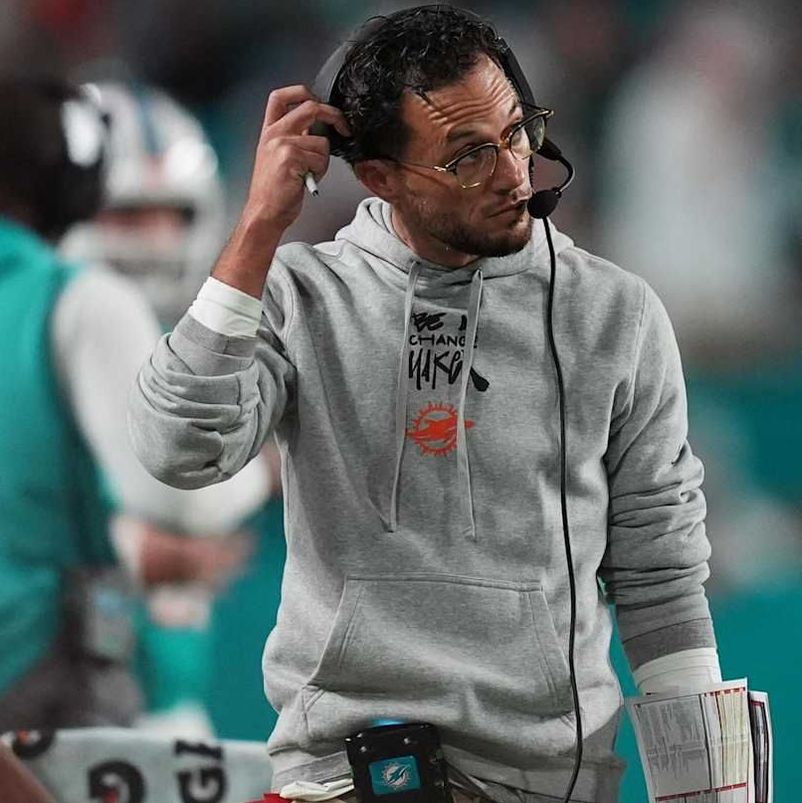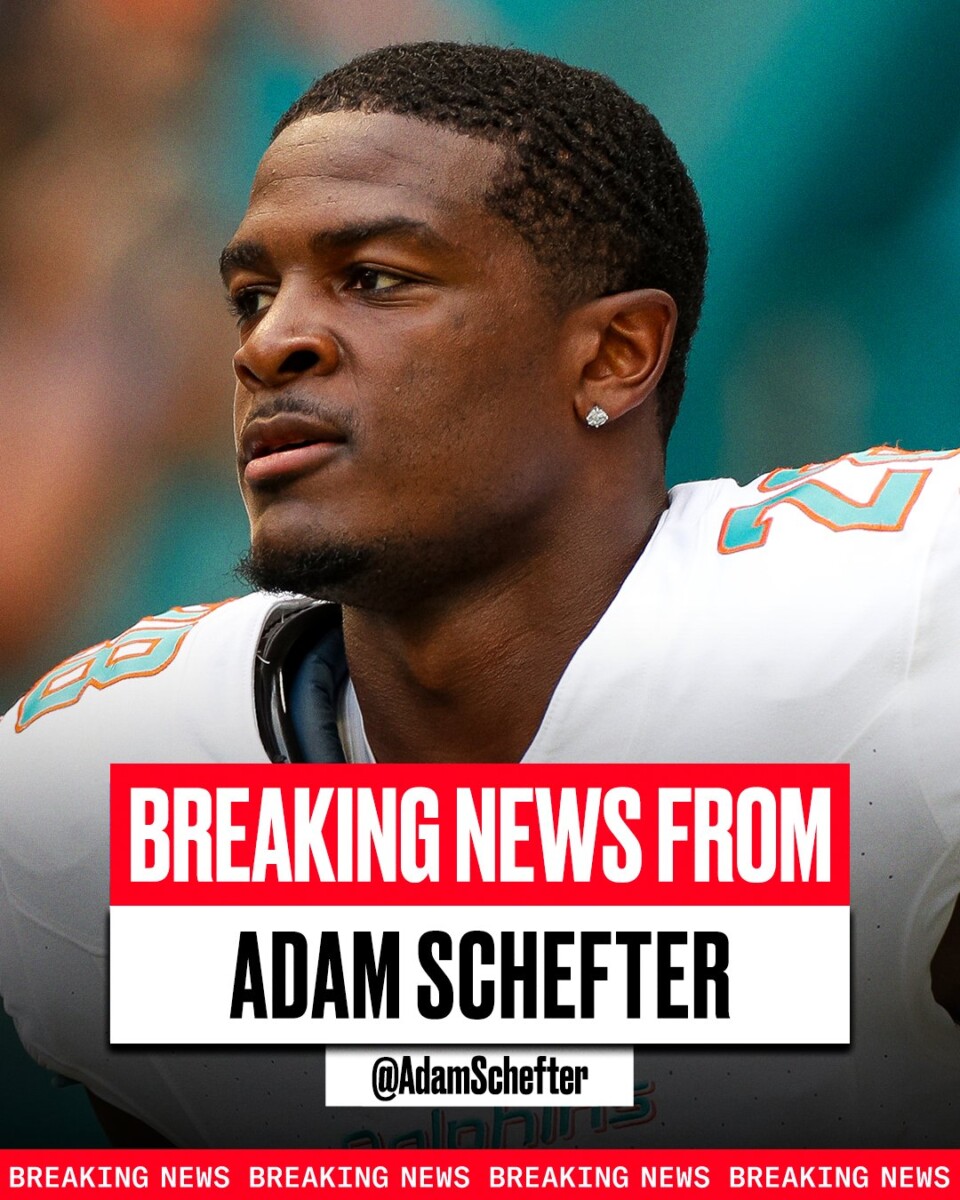The 2021 NFL Draft featured three wide receivers selected in the first 10 picks, and all three have been huge “hits” for their respective teams. Ja’Marr Chase, Jaylen Waddle, and DeVonta Smith have all had their fifth-year options approved and Smith was recently received a big-time contract extension. All three players are on teams in “win-now” mode, which only heightens their opportunities for production on the field.
The 2024 offseason saw seismic shifts in the guard and defensive tackle market, but the receiver market stalled thanks to a lack of standout first-round receivers reaching free agency, and potentially due to some smokescreen confusion created by top-earners Tyreek Hill and Davante Adams.
When Tyreek signed his extension with the Dolphins, they agreed to a base salary in his final year that would balloon from $21,835,000 in 2025 to $43,900,000 in 2026, and would represent $45 million in savings if Tyreek was cut in the 2026 offseason. According to OverTheCap, “The final year of the contract is effectively a void year used to inflate the annual value of the contract from $25 million per year to $30 million per year.”
Adams signed a similar deal with the Raiders in 2022 that almost guarantees Adams will be cut before completing the contract. His contract guaranteed his 2024 base salary if he was on the roster in 2023, with no guaranteed money remaining in 2025 and 2026. Should he be cut as a post-June designation in 2025, he’ll save the Raiders $36,250,000 in each of those final two years of his contract. Davante essentially negotiated a 3-year, $22.5 million APY deal in 2022 that gave the Raiders team-options to retain Davante for heavy hits in 2025 and 2026.
Given the context of these two contracts, the top of the receiver market is better reflected as follows (note: this is prior to AJ Brown’s extension he signed with the Eagles):

There is added motivation for the Bengals and Dolphins to expedite negotiations, as CeeDee Lamb and Justin Jefferson are poised to reset this market in a big way soon.
The Dolphins have the most to gain by leading the way in extension talks, as locking in Waddle gives them more leverage in future renegotiations with Hill.
Of the receiver market-setters, here is how the three years of stats preceding their deals compare against Waddle’s first three years of his career:
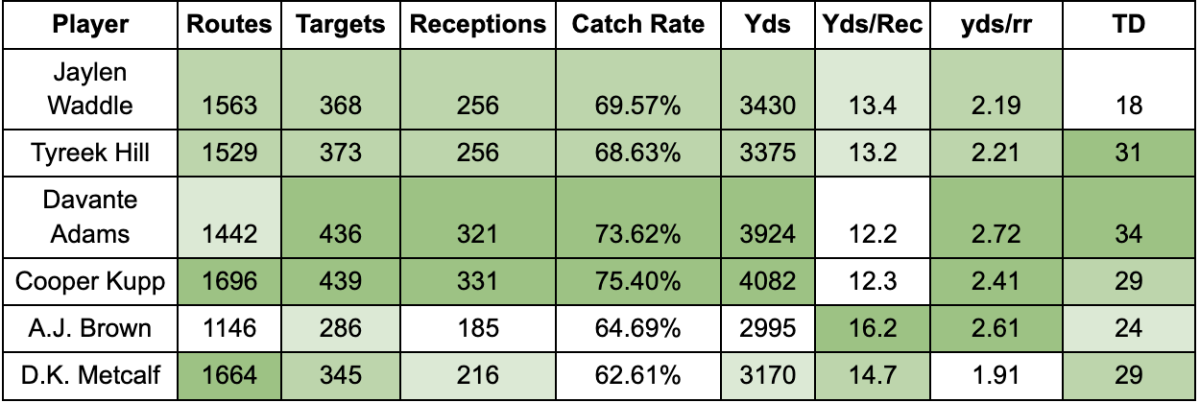
While he isn’t leading the pack in any category, he actually lines up almost perfectly with Tyreek’s stats until you compare their touchdowns. Although Hill benefitted from playing with the best quarterback in the league before signing his deal, his pay dirt success traveled to Miami as he caught 21 touchdowns in only two seasons.
Miami could believe Waddle would soak up many of those scoring opportunities if he were tasked with leading the receiving corps in Hill’s absence. However, if Miami wants to keep the pair together for the next two years while they still have Tua Tagovailoa under some cost-control, Tyreek’s faux $30 million APY creates the room to lock Waddle into a contract that doesn’t threaten Hill’s alpha-status in Miami.
Extending Waddle at a $30 million APY should be considered palatable for all sides, as he matches the “optics” of Tyreek’s formal deal, and is also a lower cap share than Tyreek’s actual APY of $25 million at the time he signed it.
